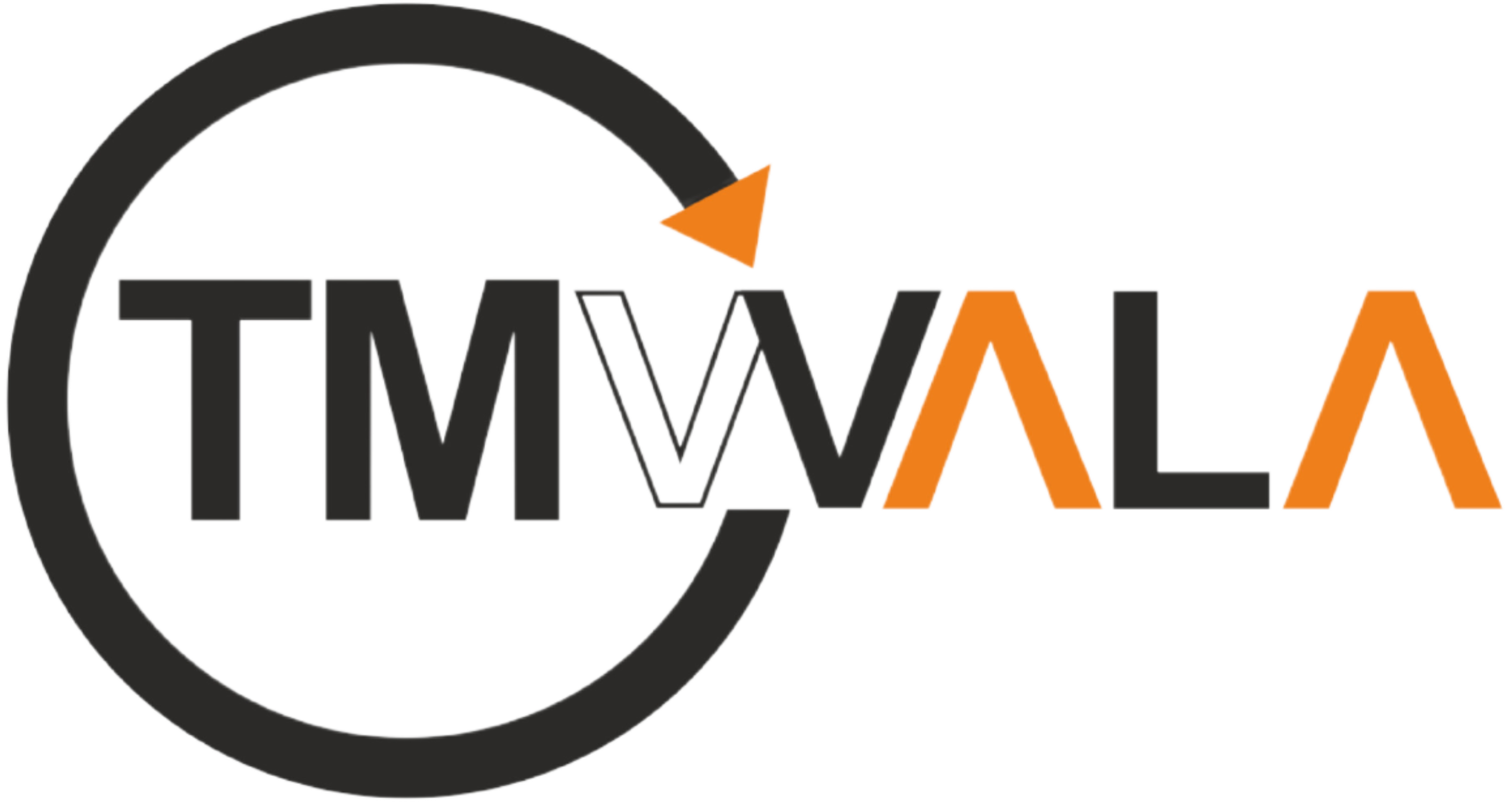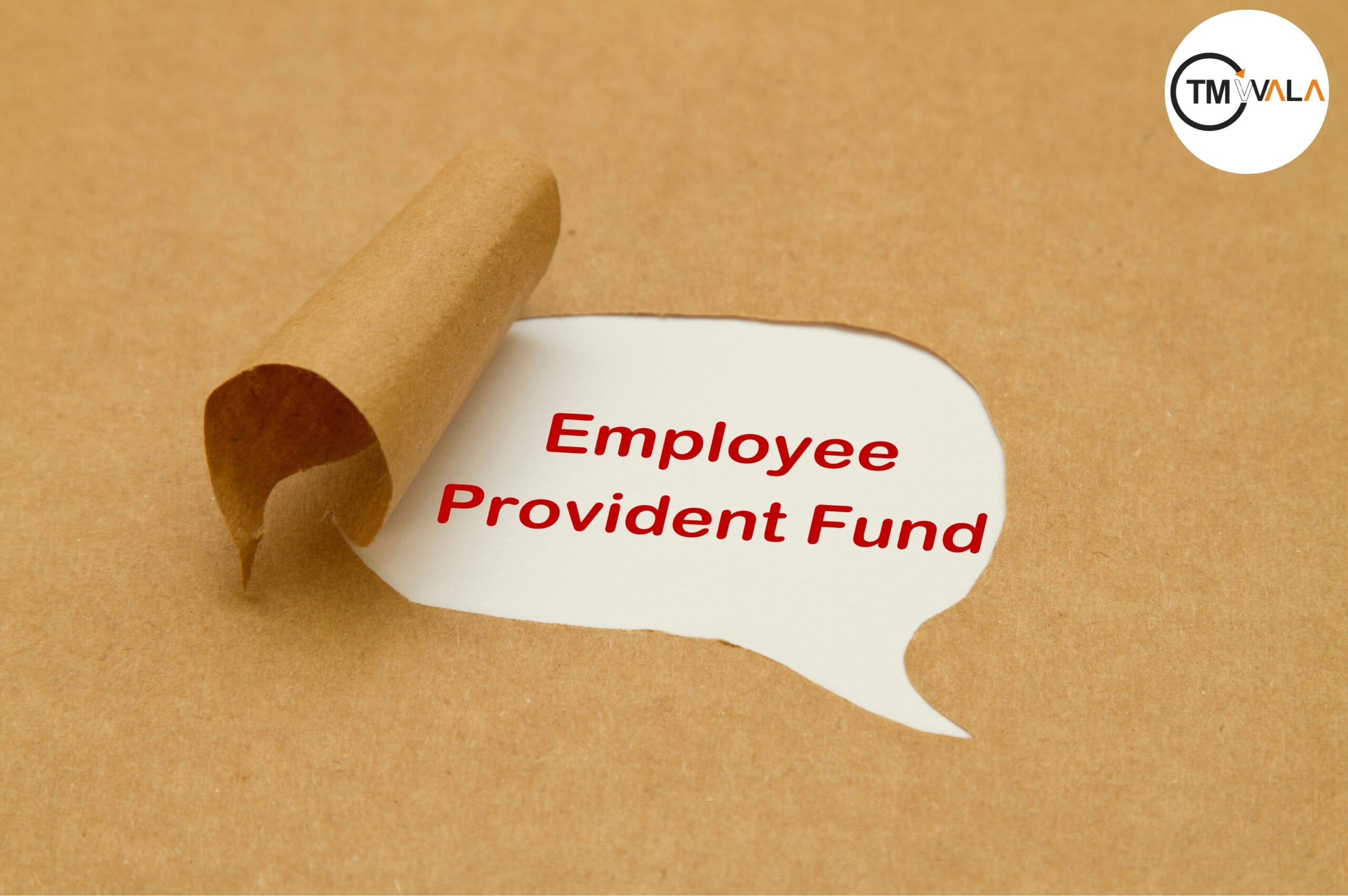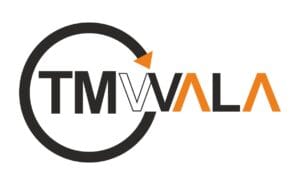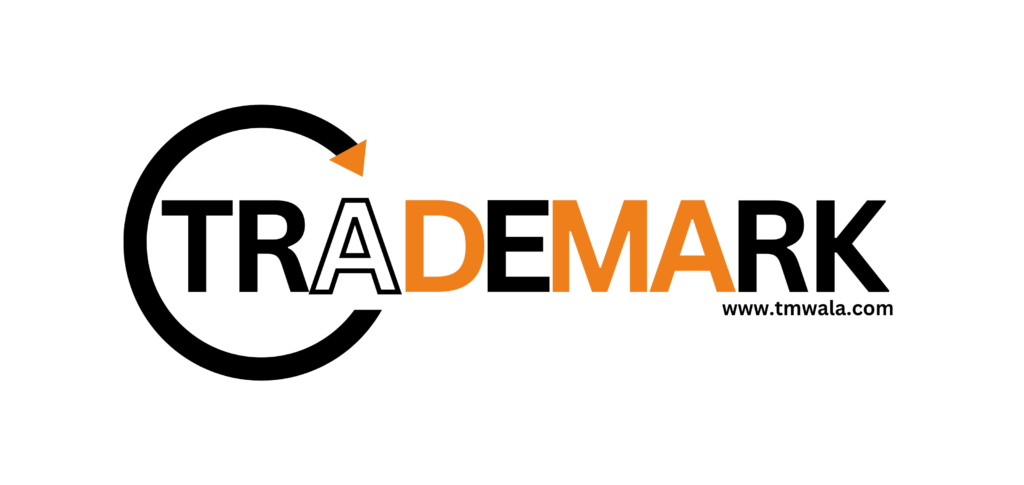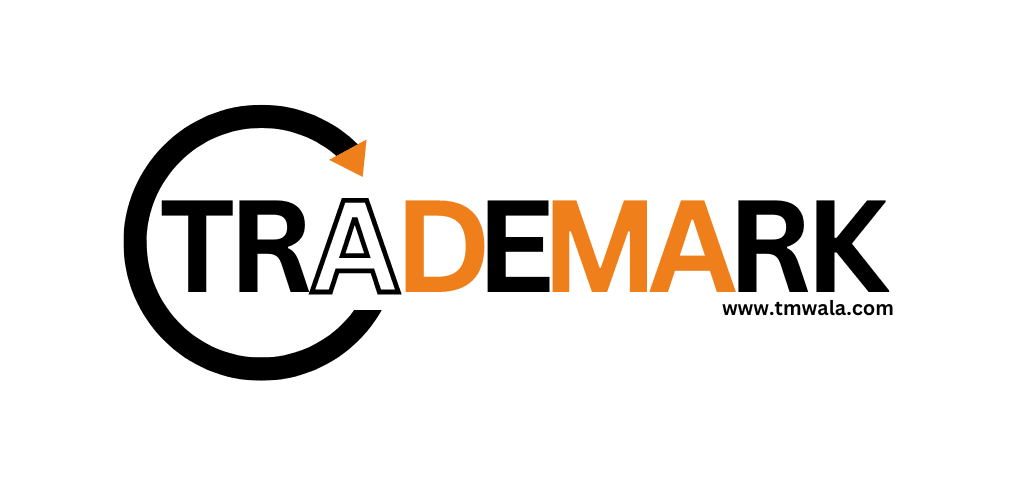What is EPF?
Welcome to the Employee Provident Fund (EPF) adventure! Think of EPF as your reliable travel companion for your retirement path. Created under the Employees’ Provident Fund and Miscellaneous Provisions Act, 1952, PF Registration is your required savings partner, intended to guarantee you have a stable financial future when you decide to hang up your boots. You and your employer each contribute a small amount from your salary, which accumulates over time to become a substantial retirement nest egg.
Who Needs to Join? So, who’s invited to the EPF party?
If you own a business with 20 or more employees, EPF is a must. Consider it the VIP access card for larger establishments. But what if you have a smaller business? Don’t worry, you can still join and offer your staff the same fantastic benefits.
The Legal Blueprint
- The Employees’ Provident Fund Scheme, 1952, is the official guide that explains how EPF operates, including how much money is contributed, how it grows.
- The Employees’ Provident Funds and Miscellaneous Provisions Act, 1952, is the law that established the Employee Provident Fund (EPF), outlined the responsibilities of employers and employees, and ensured that everyone received their portion.
Overview of the EPF Scheme
The Employee Provident Fund (EPF) is a financial safety net that is intended to support you in a variety of life situations. The following is a brief guide on how and when to access the funds:
- Retirement Ready to enjoy your golden years? At 58, you can take your EPF balance as a well-deserved reward for years of consistent savings and planning!
- Unemployment Support Need help filling a temporary job gap? You can access your EPF funds to help bridge the gap and maintain your financial stability during professional changes.
- Withdrawing Early in Case of Emergencies: Unexpected events might happen in life, and you may need to access your money before you retire. In situations involving crises or serious illness, EPF permits early withdrawals. It’s an essential lifesaver for when things get tough.
- In the Case of Death? The collected EPF funds are not lost in the sad event that an employee passes away before retirement. To provide financial help for your loved ones, they are sent to the designated beneficiaries.
Benefits of EPF Registration and EPF Compliance
The Employee Provident Fund (EPF) provides a plethora of benefits to guarantee financial security during your career and retirement.
Here’s a brief overview of what EPF has to offer:
1. Advances and Withdrawals: You can access your EPF funds for needs like schooling, medical bills, house loans, or weddings. The flexibility to take or take advances helps you manage life’s financial demands.
2. Nominee and Legal Heirs’ Entitlement: Your EPF funds go to your nominees or legal heirs in the event of an emergency, giving your loved ones vital support.
3. Employer Contributions to Pension: Your employer makes contributions not only to your EPF account but also to your pension fund, which guarantees a consistent income after retirement.
4. EDLI Scheme Insurance: Under the Employees’ Deposit Linked Insurance (EDLI) Scheme, employees are covered with insurance, delivering a lump sum benefit to beneficiaries in case of death while in employment.
5. Tax Benefits (EEE plan): EPF payments, interest, and withdrawals are tax-free under the Exempt, Exempt, Exempt (EEE) plan, enhancing your returns.
6. Interest on Savings: Get interest on your EPF contributions, which will increase your savings and accelerate your long-term financial development.
7. The portability of a PF account: switching careers? You can easily move your PF account between employers thanks to its portability, which guarantees that your benefits will continue.
Employee Provident Fund Annual EPF Compliance Requirements
Annual EPF Compliance Requirements for Companies
- Registration: Employers are required to register with the PF department if they employ 20 or more people. This is the first step towards providing EPF benefits. If your workforce is smaller, you may choose to register voluntarily. However, you must register within one month of hiring your 20th employee.
- Contributions: Employers are required to contribute 12% of each employee’s starting salary to the EPF. Employees must match this with their own 12% contribution.
- Timely Deposits: Remember to make sure both contributions are deposited with the PF department on time to avoid penalties.
- Timeline for Deposit and Submission:
- Due Contributions: Contributions must be deposited by the 15th of every month. Meeting this deadline guarantees compliance and efficient operations.
- Reporting Conditions: By the 25th of the month, turn in your EPF reports, which should include information about your employees, their monthly salaries, their UANs (universal account numbers), and their leave logs.
- New Employee Enrollment:
- Onboarding: As soon as you hire new employees, enroll them in the PF department. Complete the relevant documentation swiftly to ensure they start benefiting from EPF right away.
EPF Compliance Checklist under the EPF Act
The following checklist provides key provisions and the corresponding deadlines for compliance.
| S.No. | Provisions | Compliance Deadline |
| 1 | Employer and Employee’s PF dues | 15th of the following month |
| 2 | Payment of Pension Fund | 15th of the following month |
| 3 | Payment of Insurance Fund | 15th of the following month |
| 4 | Details of employees | Within 1 month of coverage in the prescribed form |
| 5 | Nomination Form | Immediately on joining the fund in the prescribed form |
| 6 | Addition of members | Within 15 days of the following month, in the prescribed form |
| 7 | Details of the contribution | Before the 21st of the following month in the prescribed form |
| 8 | Details of contribution | By the 25th of the following month in the prescribed form |
| 9 | Details of wages and contributions | By 30th April every year, for each member |
| 10 | Yearly Consolidated statement of contribution | To be forwarded yearly along with Form 3A |
| 11 | Return of ownership of the establishment | Within 15 days of coverage and whenever there is a change in ownership |
| 12 | Transfer of PF | Form 13 needs to be filed |
Withdrawal Rules under EPF Act
Complete Withdrawal:
Unlock your EPF funds in full under these conditions:
- Retirement: Reached 58? It’s time to claim your complete EPF settlement and enjoy your retirement with peace of mind.
- Retirement: If you retire, you can withdraw the entire EPF amount, giving you full access to your savings.
- Unemployment: If you find yourself without a job for 2 continuous months or more, you’re eligible to withdraw all your EPF funds.
- In the Event of Death: Should you pass away while still employed, your nominees or legal heirs can access the full EPF balance, providing essential support during difficult times.
Partial Withdrawal:
Need just a bit of your EPF funds? Partial withdrawals are allowed for these specific reasons:
- Education: Need to fund education? You can partially withdraw EPF to cover schooling or higher education expenses.
- Medical Treatment: Tap into your EPF for medical treatments and ensure you’re covered when health issues arise.
- Home Loan Repayment: Use EPF funds to pay off your home loan and reduce your financial burden.
- Marriage: Planning a wedding? Access your EPF for marriage-related expenses.
- Property Purchase: Buy land, a house, or a flat by partially withdrawing from your EPF.
- Closure of Establishment: If your workplace shuts down, you can withdraw EPF funds to manage the transition.
- Natural Calamities: In the wake of natural disasters, use your EPF to help manage the financial impact.
- Pre-Retirement: A year before you officially retire, you can start accessing your EPF funds.
- Unemployment: If you’re unemployed for more than one month, you can make a partial withdrawal to ease financial stress.
Penalties on Non–Compliance with the EPF Act
Non-compliance with the Employee Provident Fund (EPF) Act can lead to significant penalties, designed to keep everything running smoothly and ensure that contributions are made on time. Here’s how the penalty system works and how you can steer clear of extra costs:
1. Interest for Delay in Payment of Contribution:
- Daily Penalty: If you miss a payment, be prepared for an interest charge of 12% per year for each day of delay. It adds up quickly, so staying on schedule is crucial!
2. Penalty on Late Payment:
The penalty rates escalate based on how late your payments are. Here’s a breakdown:
- Up to 2 Months Late: 5% interest per annum. A slight delay can lead to noticeable penalties.
- 2-4 Months Late: 10% interest per annum. As the delay stretches, so does the penalty.
- 4-6 Months Late: 15% interest per annum. This marks a serious delay with a heavier financial impact.
- More Than 6 Months Late: 25% interest per annum, capping at a maximum of 100%. A major delay can lead to substantial penalties, affecting your finances significantly.
Why Compliance Matters:
- Timely Contributions: Ensuring that contributions are made on time is vital for the financial well-being of employees and the smooth operation of the EPF system.
- Avoid Extra Costs: By adhering to the prescribed timelines, you can avoid accumulating additional financial liabilities in the form of penalties.
Stay Ahead:
To avoid these penalties:
- Plan Ahead: Set reminders for contribution deadlines.
- Track Payments: Regularly review your contribution schedules and payment status.
- Communicate: Address any issues promptly with the EPF department.
Forms Needed for EPF Compliance
Various forms are essential for different transactions and claims under the Employee Provident Fund scheme. Given below are the key forms falling under Annexure-C:
- Form 31 (PF Advance Form): Need a withdrawal, loan, or advance from your EPF account? Use Form 31 to access these funds.
- Form 10D: Looking for a monthly pension under the EPF scheme? Form 10D is your go-to for setting up regular pension payments.
- Form 10C: To claim benefits from the Employee Pension Scheme (EPS) or withdraw employer contributions, fill out Form 10C.
- Form 13: Switching jobs? Use Form 13 to transfer your PF amount from your previous employer to your current EPF account.
- Form 19: Claiming a final settlement of your EPF account upon leaving a job? Form 19 is the one you need.
- Form 20: In the unfortunate event of the account holder’s death, family members use Form 20 to withdraw the PF amount.
- Form 51F: For claiming benefits under the Employees’ Deposit Linked Insurance (EDLI), nominees should complete Form 51F.
TMWALA is here to help!
Navigating the complexities of the Employee Provident Fund (EPF) can be challenging, but TMWALA is here to simplify the process. We assist businesses with EPF compliance, ensuring all registration, contribution, and reporting requirements are met efficiently and on time. For employees, we provide expert guidance on completing and understanding EPF forms, managing withdrawals, and maximizing benefits. Additionally, we offer strategic support to avoid penalties by tracking deadlines and ensuring timely payments. With TMWALA, both employers and employees receive comprehensive support to manage their EPF needs smoothly and effectively.
IMPORTANT FAQs
- What is the Employee Provident Fund (EPF)?
Answer: The EPF is a mandatory savings scheme under the Employees’ Provident Fund and Miscellaneous Provisions Act, 1952. Both employees and employers contribute a percentage of the employee’s salary to the EPF account, which accumulates over time to provide financial security for retirement.
- Who is required to join EPF?
Answer: Businesses with 20 or more employees must register for EPF. Smaller businesses can voluntarily register if they wish to provide EPF benefits to their employees, especially once they hire 20 or more employees.
- What are the contribution rates for EPF?
Answer: Both employers and employees contribute 12% of the employee’s basic salary plus dearness allowance (if applicable) to the EPF account.
- When should EPF contributions be deposited?
Answer: EPF contributions must be deposited by the 15th of each month. EPF reports, including employee details and salary information, must be submitted by the 25th of the month.
- What are the rules for withdrawing EPF funds?
Answer: EPF funds can be fully withdrawn upon retirement (age 58), prolonged unemployment (2 months or more), or death of the employee. Partial withdrawals are allowed for specific needs such as education, medical treatment, home loan repayment, marriage, and more.
- What penalties exist for late EPF contributions?
Answer: Penalties for late contributions include a daily interest charge of 12% per annum. Additional penalties escalate based on delay duration: 5% per annum for up to 2 months, 10% for 2-4 months, 15% for 4-6 months, and 25% for delays beyond 6 months, capping at 100%.
- What forms are necessary for EPF transactions?
Answer: Key EPF forms include Form 31 for advances, Form 10D for pensions, Form 10C for EPS benefits, Form 13 for transferring PF, Form 19 for final settlements, Form 20 for death claims, and Form 51F for EDLI benefits.
- How can TMWALA assist with EPF management?
Answer: TMWALA helps with EPF compliance by managing registration, contributions, and reporting for businesses. We also offer support with filling out forms, managing withdrawals, avoiding penalties, and maximizing EPF benefits for employees.
